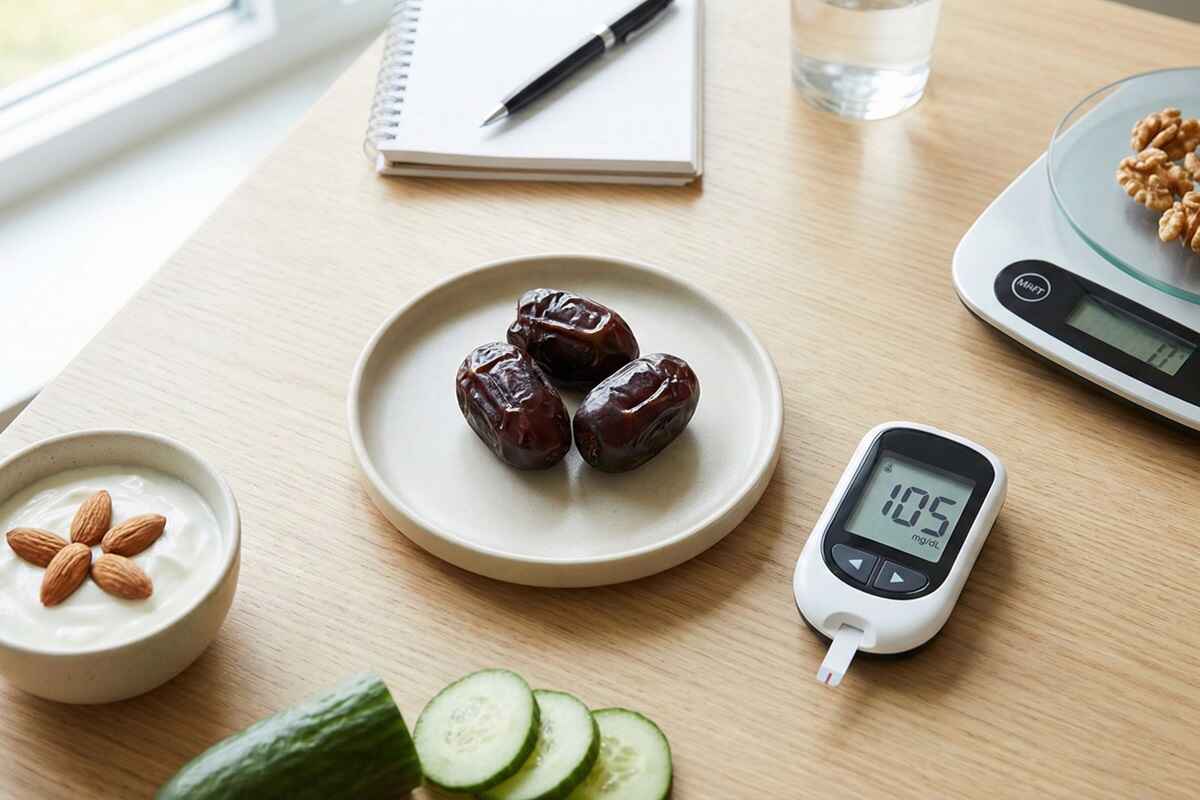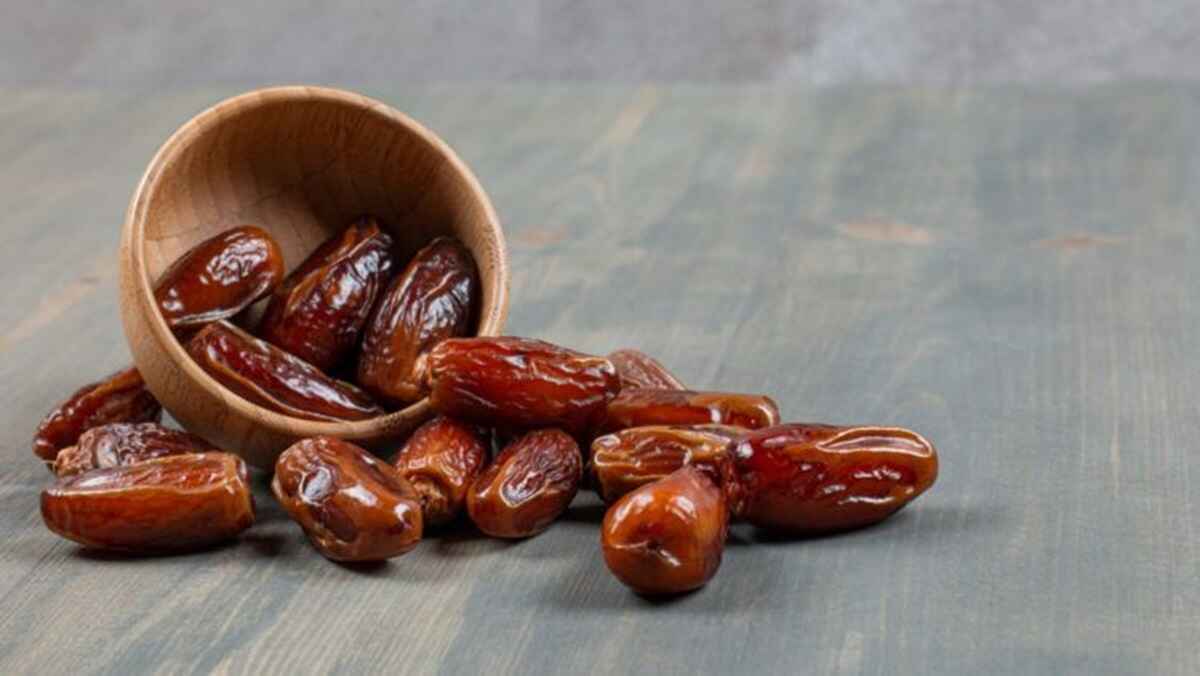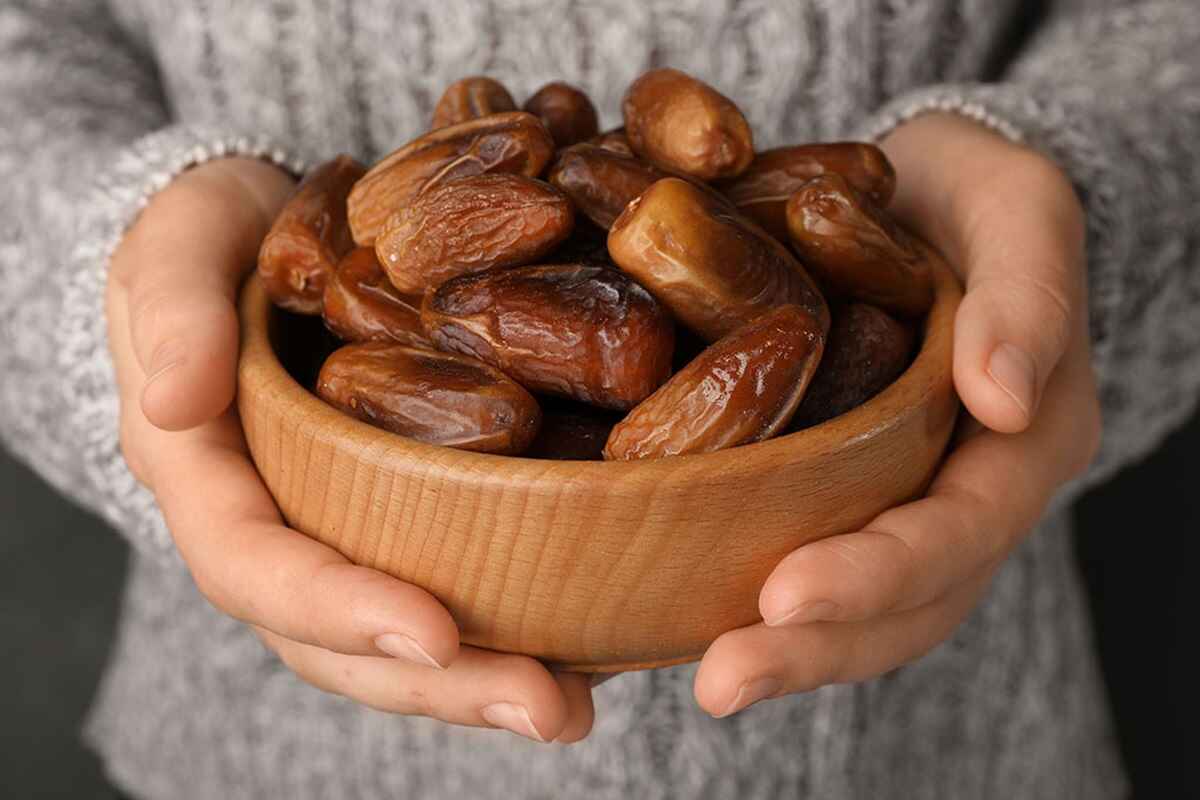Dates for Diabetes: Dates, the sweet and fleshy fruits of the date palm tree, have become increasingly popular across the world. Once native mainly to the Middle East and North Africa, they are now enjoyed globally — in smoothies, desserts, and countless dishes — and are available both fresh and dried. Their rich flavor, soft texture, and natural sweetness have made them a favorite among people seeking healthier alternatives to refined sugar.
With this growing popularity, dates wholesale has also flourished. Today, dates rank among the most widely exported tropical fruits, with major production centers in countries such as Saudi Arabia, Iran, Egypt, and the United Arab Emirates. Yet as consumption rises, so do questions about their effects on health.
Known for their sweetness and carbohydrate content, many people wonder how dates can impact blood sugar, especially in those living with diabetes. Due to their naturally high sugar levels, it’s reasonable to be cautious — but the relationship between dates and blood glucose control is more nuanced than it might seem. In moderation, people with diabetes can often enjoy this nutritious fruit without major concerns.
In this article, we’ll explore whether individuals with diabetes can safely include dates in their diet, how these fruits affect blood sugar levels, and what makes them a surprisingly beneficial choice when consumed mindfully.
How Dates Affect Blood Sugar: Dates for Diabetes
To understand how dates influence blood sugar, it helps to look at a concept called the glycemic index (GI) — a system that ranks foods based on how quickly the carbohydrates they contain raise blood glucose levels. The scale runs from 0 to 100, with pure glucose scoring 100, representing the fastest possible increase in blood sugar.
Carbohydrates with a low GI (55 or below) tend to raise blood sugar slowly and steadily, while those with a high GI (70 or above) can cause rapid spikes and sudden drops afterward. Foods that fall in the medium range (56–69) sit somewhere in between. For people with diabetes, sticking to foods that have a lower GI is often recommended to help maintain more stable glucose levels.
Despite their naturally sweet taste, dates are actually considered a low-GI food. This means that when eaten in moderate amounts, they cause a slower and more controlled rise in blood sugar compared to refined sugary snacks.
Another useful concept is the glycemic load (GL), which goes beyond GI by taking into account both the quality and quantity of carbohydrates in a typical serving. It’s calculated by multiplying a food’s GI by the number of carbs in that portion, then dividing by 100.
For example, one and a half dried Medjool dates (about 36 grams) contain roughly 27 grams of carbohydrates and have a GI around 37. Using the formula, their glycemic load comes out to about 15 — which places them in the medium GL category. To compare: a low GL food scores between 1–10, medium ranges from 11–19, and anything 20 or higher is considered high.
If you have diabetes, a smart way to include dates in your diet is to pair them with protein or healthy fats, such as a handful of almonds or walnuts. This combination helps slow digestion and prevents sudden spikes in blood sugar. Portion size, however, is key — even nutritious foods can cause problems when eaten in excess.
Although more long-term studies are needed, current research indicates that consuming dates in reasonable amounts does not significantly raise blood sugar levels or worsen glucose control in people with type 2 diabetes.
Why Are Dates a Concern?
Dates may be small, but they’re packed with natural sweetness and energy. As a rich source of fructose, the natural sugar found in fruits, they deliver a quick burst of flavor and calories in just a single bite. For instance, one medium-sized Medjool date (around 24 grams) provides about 67 calories and roughly 18 grams of carbohydrates — which explains why some people are cautious about eating dates for diabetics.
For individuals living with diabetes, keeping blood sugar levels within a healthy range can be a daily challenge. That’s why healthcare professionals often emphasize monitoring carbohydrate intake carefully. Since dates are high in natural sugars, it’s understandable that they raise questions about whether or not they’re a safe choice.
However, research and practical experience show that when eaten in moderation, dates can still be part of a balanced, health-supportive diet for diabetics. Each dried date offers nearly 2 grams of dietary fiber — about 7% of the daily recommended amount. This fiber plays a key role in slowing down carbohydrate absorption, helping prevent sharp spikes in blood sugar after meals.
So, while it’s true that dates are naturally sweet, their fiber content, antioxidant properties, and low glycemic index make them a surprisingly smart snack when consumed responsibly.
How to Eat Dates Safely?
Including dates in a diabetic meal plan doesn’t have to be off-limits — it’s all about portion control and smart pairing. For people living with diabetes, even small dietary adjustments can make a big difference in maintaining stable blood sugar levels.
Health experts generally recommend enjoying one to two dates per serving as part of a balanced meal or snack. This small portion provides enough natural sweetness and nutrients without causing a significant rise in blood glucose. However, the key is to pair dates with foods that contain protein or healthy fats, such as a handful of almonds, walnuts, or even a spoonful of Greek yogurt. This combination slows down digestion and helps your body absorb carbohydrates more gradually, preventing sharp spikes in blood sugar.
When choosing dates for diabetics, opt for varieties that have a lower glycemic index, as they release sugar into the bloodstream at a slower pace. The best dates for diabetics, such as Ajwa, Deglet Noor, and certain Iranian dates like Mazafati dates from Bam, not only taste delicious but also provide fiber, potassium, and antioxidants that support overall health.
It’s also important to be mindful of when and how you eat dates. They’re best consumed with or after meals rather than on an empty stomach, and ideally in combination with high-fiber foods. Drinking enough water throughout the day can further assist digestion and metabolic balance.
Finally, if you’re managing diabetes under medical supervision, it’s wise to consult your healthcare provider or a nutritionist before making any changes to your diet. They can help you determine how dates fit into your daily carbohydrate limit and whether they align with your treatment goals.
In short, dates for diabetics can be a healthy, natural, and satisfying choice — as long as they’re eaten mindfully, in moderation, and as part of a balanced diet that supports stable blood sugar levels.
Conclusion
In conclusion, while people with diabetes should always be mindful of their carbohydrate intake, dates can still be enjoyed as part of a balanced and healthy lifestyle when eaten in moderation. Among the many varieties available, some types stand out not only for their taste but also for their nutritional value. For instance, Piarom dates are prized for their low sugar content and rich flavor — making them one of the best dates for diabetics and a top contender for the best dates in the world. On the other hand, Zahedi dates offer a firmer texture and a more subtle sweetness, ideal for those who prefer a lighter flavor profile.




